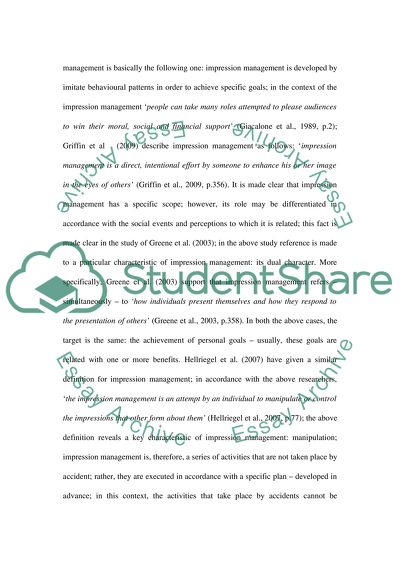Cite this document
(Political Behaviors and Tactics Assignment Example | Topics and Well Written Essays - 1500 words, n.d.)
Political Behaviors and Tactics Assignment Example | Topics and Well Written Essays - 1500 words. https://studentshare.org/politics/1572106-what-is-ment-by-impression-management-and-what-are-some-of-the-political-behaviours-and-tactics-an-employee-might-adopt-to-gain-power
Political Behaviors and Tactics Assignment Example | Topics and Well Written Essays - 1500 words. https://studentshare.org/politics/1572106-what-is-ment-by-impression-management-and-what-are-some-of-the-political-behaviours-and-tactics-an-employee-might-adopt-to-gain-power
(Political Behaviors and Tactics Assignment Example | Topics and Well Written Essays - 1500 Words)
Political Behaviors and Tactics Assignment Example | Topics and Well Written Essays - 1500 Words. https://studentshare.org/politics/1572106-what-is-ment-by-impression-management-and-what-are-some-of-the-political-behaviours-and-tactics-an-employee-might-adopt-to-gain-power.
Political Behaviors and Tactics Assignment Example | Topics and Well Written Essays - 1500 Words. https://studentshare.org/politics/1572106-what-is-ment-by-impression-management-and-what-are-some-of-the-political-behaviours-and-tactics-an-employee-might-adopt-to-gain-power.
“Political Behaviors and Tactics Assignment Example | Topics and Well Written Essays - 1500 Words”. https://studentshare.org/politics/1572106-what-is-ment-by-impression-management-and-what-are-some-of-the-political-behaviours-and-tactics-an-employee-might-adopt-to-gain-power.


